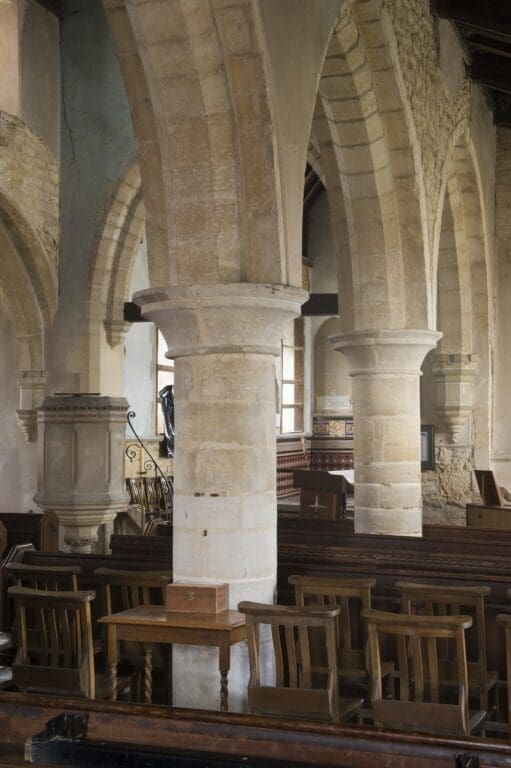
Published: 02/02/2022
Updated: 02/02/2022
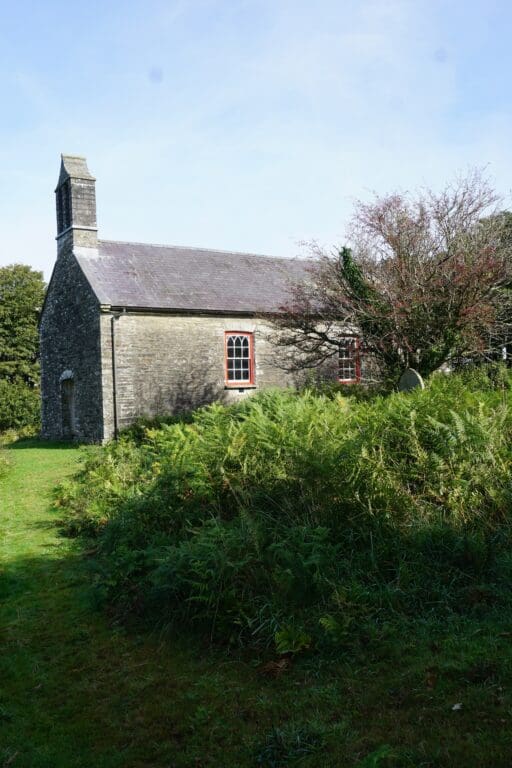
This evocative preaching box near Nevern has a simple bead-and-butt ceiling. During the most recent quinquennial inspection, our architect inspected the roof void above and found it thick with nest and feeding debris from various birds. This was causing the timber ceiling to sag and was holding moisture, resulting in localised decay. Following ecological advice, our contractor will now clear out all the debris* and repair the timbers.
*This is not a nice task, and we are so grateful to Eric Barnes Green for doing this.
St Mark’s a jewel in our collection. Designed by Henry Wilson, the interior is completed to a high finish, with precise colour schemes specified. Recently, the blue sky paint to the underside of the chancel arch was bubbling and blistering. The bell-cote above was letting in water. This bell-cote is so tricky to access, and we need to erect a scaffold to get up and around it. When up there, our contractors will be repointing the masonry, removing the well-established vegetation and re-dressing the lead flashings.
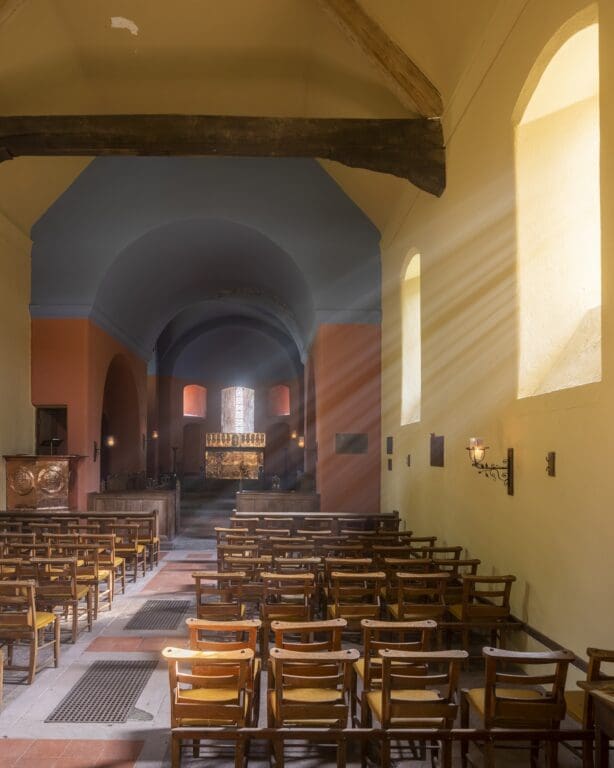
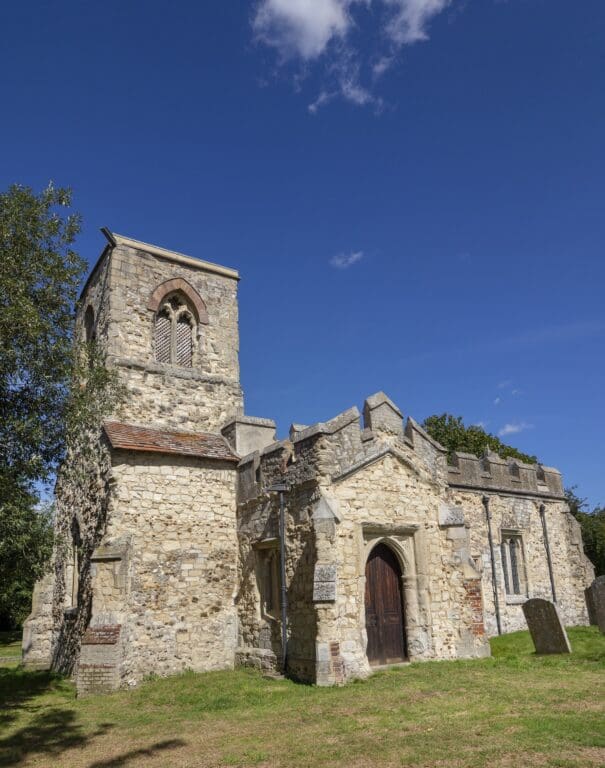
This diminutive little church just off the A1 recently had its roof mended. Now we are back to sort out the drainage and glazing. We will be laying new drains to ensure water is discharge efficiently from the site, and the building doesn’t become damp.
We will also be conserving the rare glass-transfer window in the nave, and adding glazing the to porch windows, which are currently filled with yellowing polycarbonate.
When we took on St Denis’s in 2017, it was a floorless, window-less, crumbling shell. Since then, we’ve laid new flooring, repointed the walls, consolidated the Butterfield scheme and installed new glazing. This time we are back to replaster the nave walls. Great islands of plaster had been lost during the years of dereliction, and we are infilling the lacunae and limewashing.
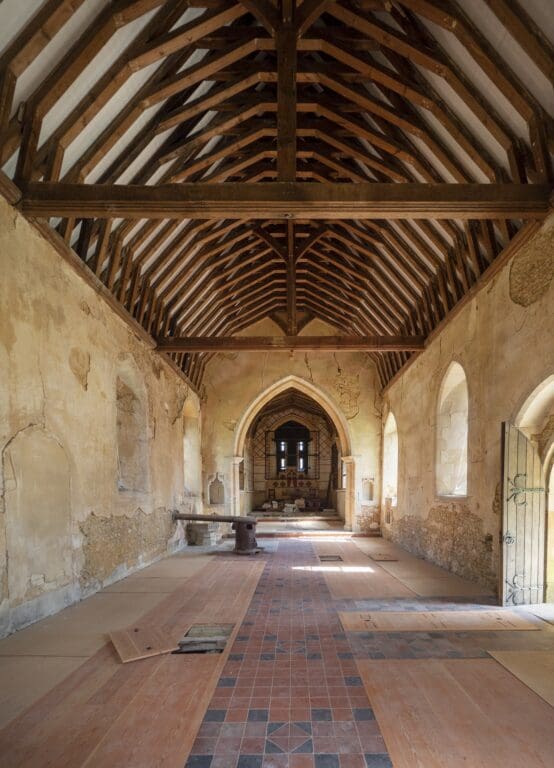
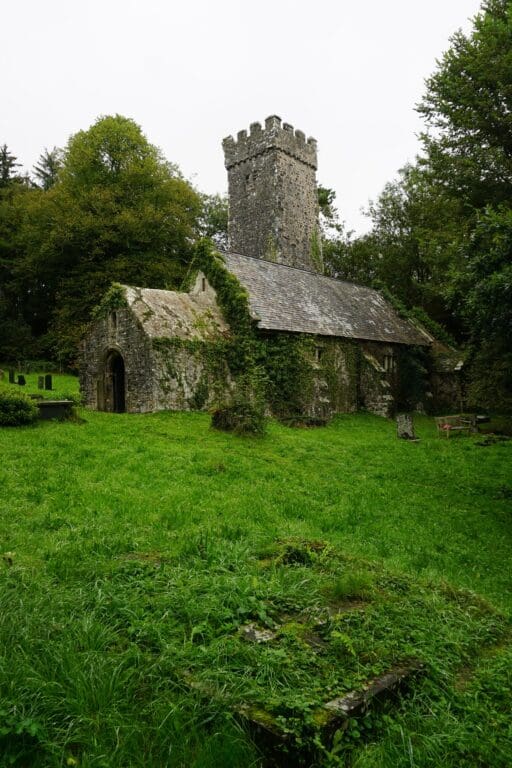
This is a church we want to save. It’s ancient, important, beautiful. But it is in dreadful condition. Our consultants estimate it will cost £600,000 to mend the church. And whilst this work can be done in phases, each phase is still a vast sum of money, and we need to be certain we can fund this work before adopting the church.
In the meantime, however, we are undertaking some emergency “holding” works – patching holes in the roofs, clearing and re-aligning rainwater goods, stripping off ivy, introducing ventilation to the interior and consolidating the most vulnerable sections of medieval wall-painting.
The eagle-eyed will spot that Hardmead church was included in the first round of grants. It was granted a top-up in this second round, as stonework and roof timbers were in far worse condition than we had anticipated. In all, this excellent medieval church will benefit from new roofs, new drainage, masonry repairs, and enhanced tower access, which will enable future maintenance to be undertaken easily.
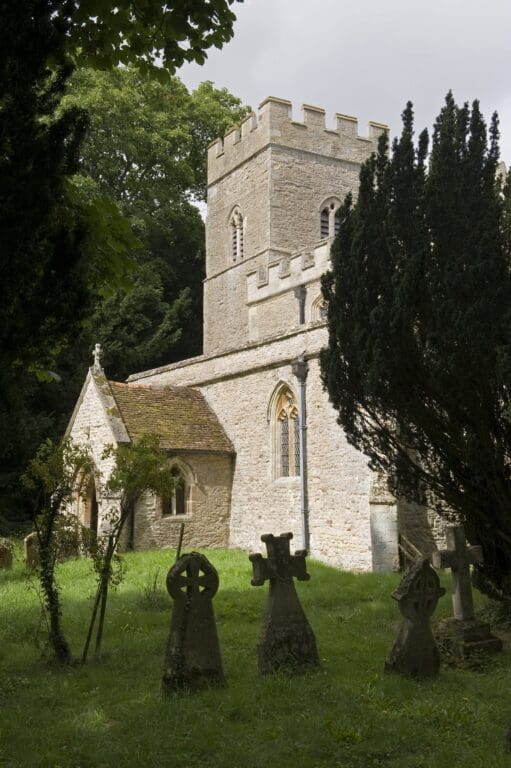
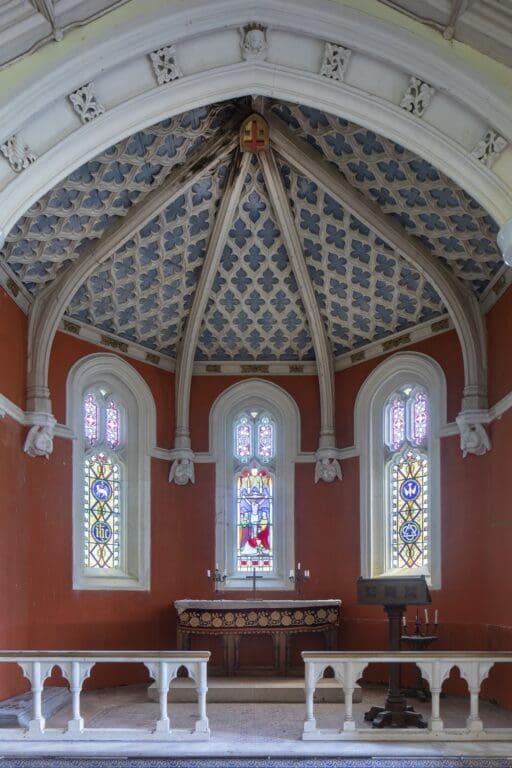
St Mary’s is a late Georgian remodelling of a medieval church which was devastated by fire in the 19th century. The interior is characterised by a series of striking reticulated ceilings. However, this interior isn’t as smart as it ought to be. Metal theft from the roofs has allowed water to seep through, and stain and rot parts of the timber. Elsewhere, the walls are a nice shade of algal green. Ferrous dribbles from old rusting cable conduits trickle over the walls. So, we’ve had some paint research undertaken and with great delight, we can install some new electrics and lighting, and repair and restore the interior. I cannot wait to see it.
St Andrew’s needs lots of work. It has always needed lots of work. It’s on the heritage at risk register owing to ongoing issues of structural movement, theft and vandalism. In recent years, we’ve re-roofed the aisles in terne-coated steel, laid a new drainage system, replastered the chancel walls, and now we are turning our attention to replastering the nave walls and mending the heaving floor and decayed pew platforms.
In this phase of work, we will also be removing the timber supports which have been keeping the window masonry in place for decades. Our engineer believes the works undertaken to date have sufficiently minimised the movement. This is a huge event!
